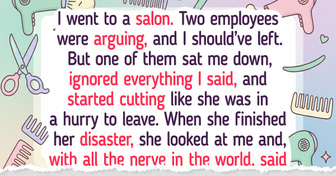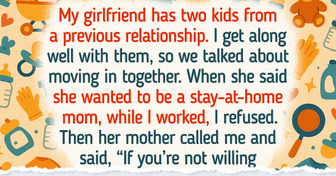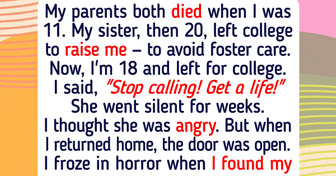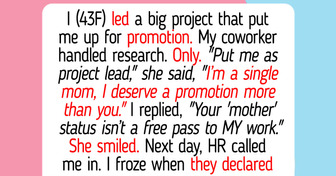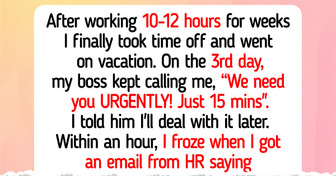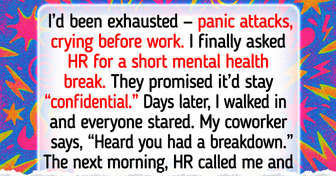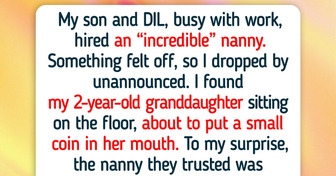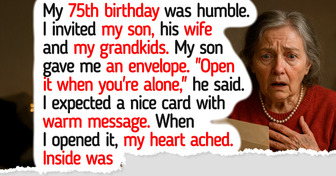I Refused to Reply to Work Emails While on Vacation, Now HR Is After Me

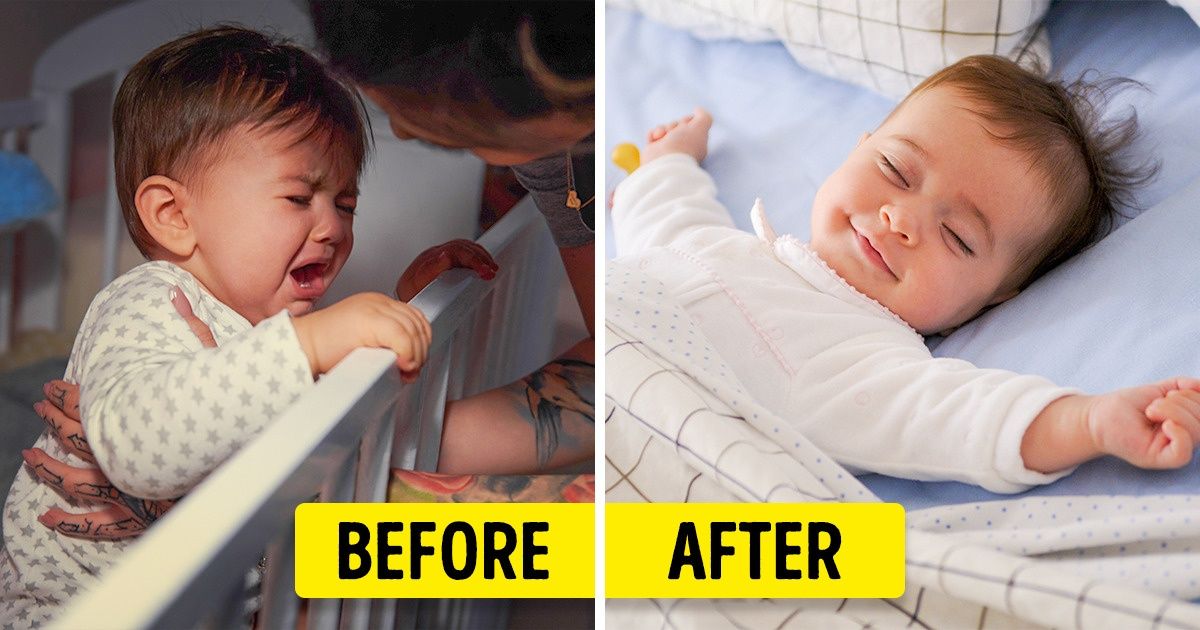
30% to 40% of children have problems falling asleep, according to The Cologne Children’s Sleep Study. So sending kids to dreamland can be exhausting and frustrating for both the parents and the kids. But don’t get upset! Even though the problem is common, there are a few methods that can help children fall asleep easily and have a calm night’s sleep without waking up.
Here at Bright Side we love finding new working parenting techniques, so we couldn`t help but share these 7 evidence-based methods to help tired parents and kids sleep better.
Taking a bath at a certain time, singing calm lullabies, allowing your kid to choose a book for bedtime reading, or even choosing pajamas could indicate bedtime and make it exciting. Also set up a specific time for when the kid needs to go to bed, that will eventually become a habit.
’It’s also important that this routine does not include active games for an hour before bedtime, loud noises, surprises, or other things that distract from sleep, including electronic gadgets.
Enough skin-to-skin contact is extremely important for kids — they become calm and sleep better, according to research. On the other hand, studies have shown that kids with a significant lack of physical contact with their parents have more of the stress hormone cortisol — which can lead to many problems including troubled sleep.
That is, if the child didn’t have enough contact during the day, it’s not surprising that by the evening they will be cranky and won’t want to sleep alone. More hugs and kisses during the day will ease the process of saying goodbye for the night.
Bright light sends a clear message to our brains: stay awake. But scientists have become more specific about which artificial light we should avoid during the night time. The blue wavelength in white light is the most disruptive to sleep, because it inhibits the release of the melatonin that relaxes us and makes us sleepy. This is also true for babies and kids.
Make the switch to dim lights closer to nighttime and in combination with calm vocal tones and a lack of stress, it’ll make a difference.
This method involves a parent sitting on a chair or sleeping on a camp bed next to the kid’s bed. And day by day the “camp” should be moved further and further away as your child falls asleep. It was proven to be effective in both infants and toddlers by scientists and sleep experts. For infants, a parent sits close by until the baby falls asleep. Over around 3 weeks, parental presence is gradually removed.
Parents might have encountered this method under different names: Check-And-Console, Ferber Method/Ferberizing, or Graduated Extinction.
The goal of this method is to help the child learn to fall asleep independently and self-soothe. As the name suggests, parents come to check and reassure that their child is okay when they hear him/her cry, but gradually allow the kid to self-soothe for a bigger amount of time (starting with 3 minutes and increasing intervals).
Another technique aimed at letting babies learn to self-soothe without feeling abandoned was popularized by Tracy Hogg. It is a gentle approach, but requires patience. It is really just as the name suggests: pick up the baby until they are calm and sleepy and then put them down while they are still awake but drowsy. The process should be repeated until the baby or toddler falls asleep.
This is different from the previous one and can be both useful for infants and toddlers. Instead of fading or slowly eliminating the soothing of the baby, bedtime hour fading is moving the bedtime into a later time temporarily, about 30 minutes to an hour later.
Then gradually adjust it from later to an earlier time, so when parents move back bedtime to an earlier hour, the child is more likely to sleep on their own.
Studies show that nightmares occur in at least 80.5% of children and children can quickly wake up in the middle of the night feeling scared. Parents can help children cope by reassuring them that they are safe and trying to re-imagine together the nightmare with a safe, happy ending. Scientists also suggest reading and engaging in book activities that help young children confront their fears.
Have you tried any of these sleep training techniques for babies and toddlers? Tell us in the comments!

